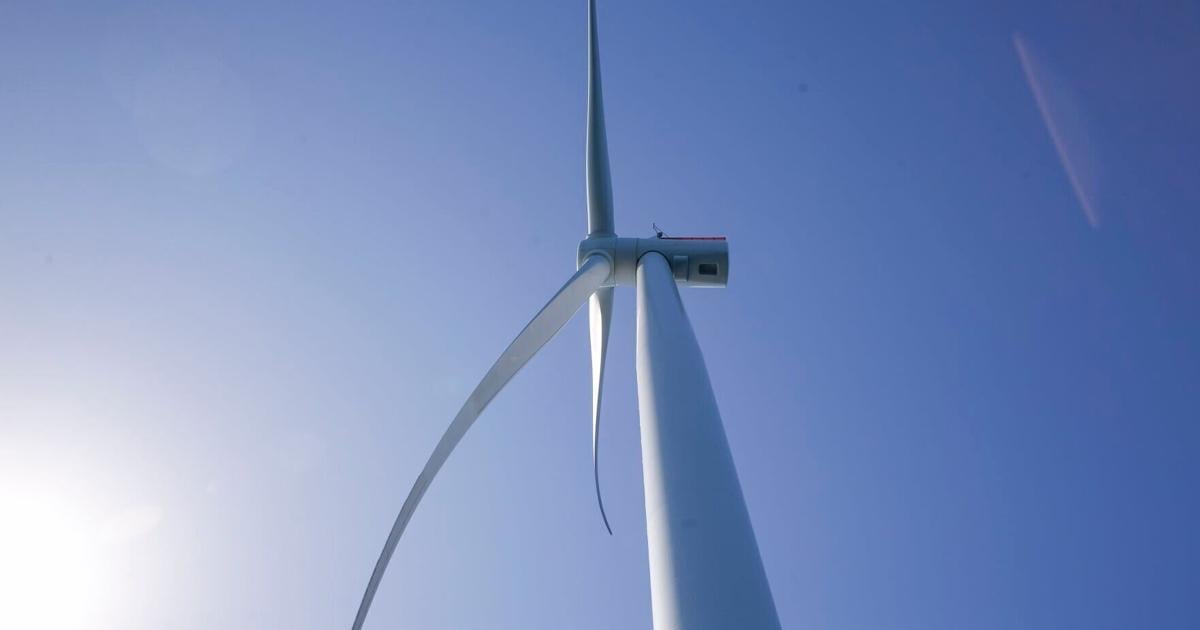The Virginia Board of Education is set to approve new environmental science guidelines to the state standards early next year, introducing education on environmental justice.
The standards state that climate change is happening, will have negative impacts on humans and ecosystems, and there are steps that can be taken to find solutions. The standards draw no explicit connection that humans are the primary cause of climate change because of increased fossil fuel usage and carbon dioxide increases in the atmosphere.
Blake Touchet, an ambassador of the National Center for Science Education who is also a teacher leader adviser for the Louisiana Department of Education, said Virginia’s move to introduce environmental science standards is a step in the right direction. But he said it isn’t “quite meeting the bar” that would get the standards a great score in climate change education metrics.
People are also reading…
Some of the standards put too much emphasis on individual activities and decisions, Touchet said.
He pointed to a particular unit and said it’s “actually one of the most progressive climate change related standards I’ve ever seen.” Most states do not go anywhere near environmental justice or discussing the role that the media and interest groups have on public policy, he said.
Environmental science is not a required course in Virginia.
“My other major concern is that even though these environmental science standards are decent, only a small percentage of students will take this course,” Touchet said. “What really moves the needle on quality of climate change education is inclusion of good standards in required courses like middle school science and high school biology.”
The National Center for Science Education gave Virginia an F grade in a 2020 report on how states’ science standards for public schools handle climate change. State leaders at the time pushed back, saying that while climate change is not mentioned in the state’s standards, it is mentioned in the curriculum.
“That’s nice, of course, but the framework isn’t as binding as the standards are and it’s unclear to what extent districts follow the framework’s guidance,” said Glenn Branch, deputy director of the National Center for Science Education.
The most robust education on climate change in Virginia’s required curriculum takes place in high school earth science classes. Students learn that climate change has been accelerated by human activities and points to evidence including global temperature rise, warming oceans, shrinking ice sheets and extreme weather events.
Climate change is not introduced into the state curriculum until students study the life sciences in middle school, but some elementary school teachers find a way to include climate and energy education in their teaching while sticking to the required standards.
Fourth graders at Mary Munford Elementary School spent three weeks this year building sail cars, wind turbines and sea creatures as part of a cross-curricular unit on how Virginia uses its geography and natural resources to harness energy.
Students also learned about Virginia’s energy throughout the years, from a coal mine in Midlothian that dates to the 1700s to the 2.6-gigawatt, offshore wind project 27 miles from Virginia Beach that Dominion Energy is constructing.
Teacher Valerie Schwarz, a Yale National Initiative Fellow, said she created the curriculum to help her students understand that burning fossil fuels has been harmful to Earth and that saving the planet is possible by using renewable energy sources such as wind, solar, geothermal, hydroelectric, biomass and ocean waves.
“Getting them to think about this early on, we’ll set them up to think about how we can make choices that provide a cleaner energy source and also help the environment,” Schwarz said.
The Yale National Initiative links institutions of higher education with urban or rural school districts where the students are mainly from low-income communities. The aim of the program is to strengthen teaching and learning in public schools while benefiting the institutions whose faculty members serve as seminar leaders.
“I finished college a long time ago, and we didn’t talk about climate change when I took science courses then,” Schwarz said. “Things change so much and so quickly, especially with science and new discoveries. … With all these teachers leaving, staying current and fresh really helps keep me excited about teaching and keeps me in the classroom.”
